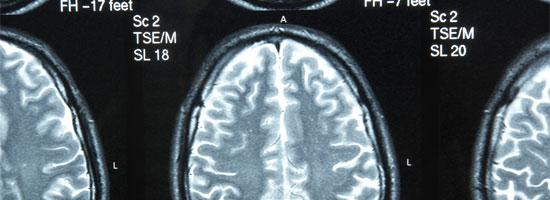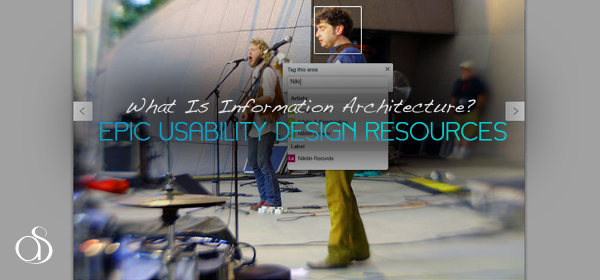The World Wide Web was created back in 1990, and since then, we have been in the age of the websites. During the early days of the Internet, websites just simply looked like pages that are created from a word processor. But now, because of advancements in internet technology, we are able to have an internet experience that is much more pleasing to the eyes, than before.
Although eye-candy websites can grab the attention of users, the lack of usability will often make them leave your website…

Human Behavior Theories That Can be Applied to Web Design
But, there are times when web designers tend to sway more to the aesthetic aspects of a website, and completely forget that some of those aspects may pose as a hindrance to a website’s usability. Although eye-candy websites can grab the attention of users, the lack of usability will often make them leave your website, and probably not return again or worse, give a negative review of your website to their acquiantances. So, your best move is creating balanced blend of aesthetics and usability in your website. This ensures that not only will your website be more appealing and cause users to admire it, but also, the usability aspect ensures that the quality of your website is something that would make users want to visit it more often, and browse through its contents.
Usability First

What is Information Architecture? Epic Usability Design Resources
Now, before we begin melding aesthetics and usability, there are some things that you should look into, in terms of the usability factor:
-
You have to consider the browsing habits of your users. Keep in mind, that if a part of your website’s graphic user interface feels awkward for them to use, they may not stick around and browse the rest of your content.
-
Your user demographics should definitely be taken into consideration. If your niche caters to internet-savvy users, then you can experiment a bit with the aesthetics. On the other hand, a niche that services much older audiences, would much rather have simplicity and ease of use.
User Experience Pitfalls

Common Mistakes To Avoid While Developing A Website
There are also some usability issues that you should look out for:
-
Make sure that there are no duplicate titles. A good title communicates to your visitors and provides them with the information that they need to click through. Take note that a title does not only show up on the top of your browser window, but on the search engine result pages, as well.
-
Splitting pages, or pagination can work for you, but not always. Pagination can have benefits, such as faster page loading, or displaying inventory, and quite often, for search engine optimization purposes. But too much pagination can be quite stressful for users, because they have to load several pages before they are able to finish reading a content.
-
Web designers often forget user engagement. In today’s modern age, the internet has been more about social. Your visitors should have a way, or a place to go to on your website to contact you. A good call to action can go a long way. Remember, a feedback from your users is always good. Interaction also humanizes your brand.
-
Your content maybe difficult to scan. A clutter of texts on a page can cause confusion to those that are brwosing it. Adjust your fonts, and create focus points, by highlighting key elements in your content. Each point of focus should be accompanied with a descriptive heading, that would make user understand a bit of copy, without have to read any further. Keep them informative yet concise.
-
Another thing that is commonly neglected is having a search box in your website. A search box is what first time visitors usually look for in a website.
-
If user registration is unavoidable, forego long registrations. Long registrations takes a lot of effort to fill in, and are in no way, fun for the users. Just keep it down to the essentials.
Aesthetic Value
Emotional Aspects of Usability
As far as aesthetics go, it is almost the same with the usability factor. You should know the habits of your target demographics, then build your design from it. This may be simple in terms of theory, but be reminded, there will be times when there are users that are outside of your target demographics that will visit your website. The real trick to getting the right mix of aesthetics and usability is adaptation. The design should cater to the learning curve of your target demographic – it should not take a user a very long time to know where to click through once they land on your website. A single glance is all that it should take for them to figure out what a button is for.
So, there you have it. Mixing aesthetics and usability is a good rule of thumb for anyone creating or owning a website. You should have enough knowledge and understanding of the behavior of your visitors. Remember that design is not only limited to visuals – design is anything that is appealing to the senses.